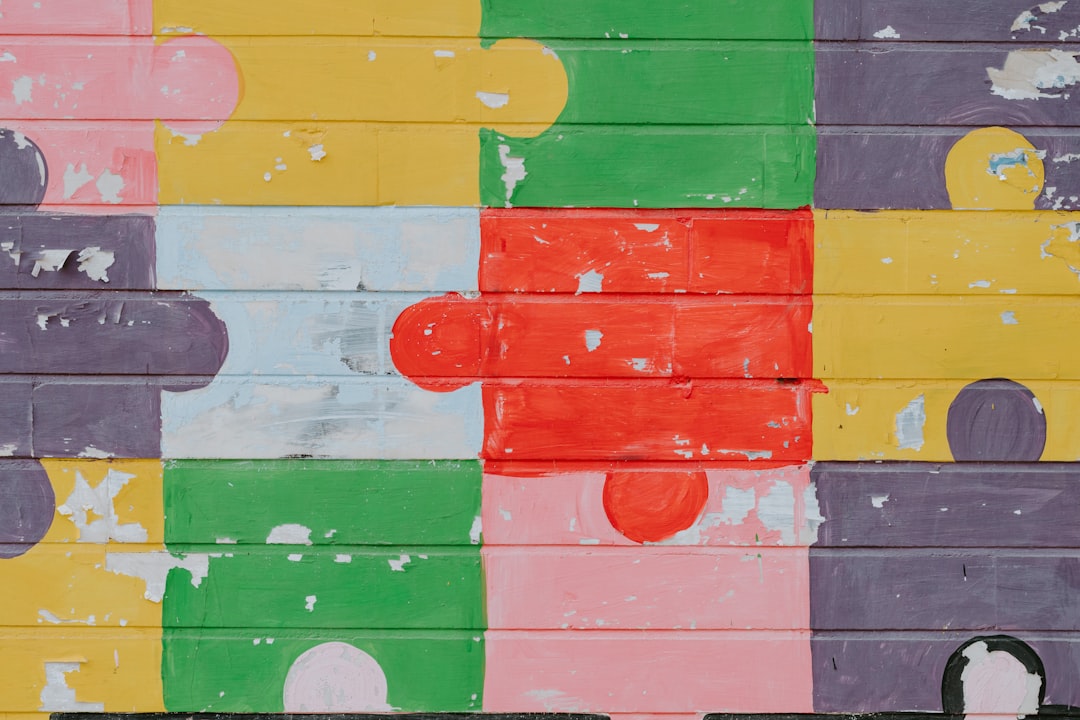- Los Angeles Kava by Kavahana
- Posts
- The Kava Chemocode
The Kava Chemocode
What are they and how are they created
Kava has been around for centuries. Grown in the Pacific Islands, traditionally it’s been used in religious and cultural ceremonies, socially in community events as well as for its unique medicinal properties.
The effects kava has is similar to those of alcohol; relaxed and social. However, you don’t get drunk, and it doesn’t have the negative side effects affecting your cognition and getting a hangover. Kava is mostly used nowadays as an alcohol alternative and to help with anxiety and sleep disorders.
The active ingredients that are responsible for Kava’s effects are called kavalactones. Over the years, research has identified 18 different kavalactones, although just six are responsible for about 96% of kava's effects.
The main six are:
Methysticin (M)
Dihydromethysticin (DHM)
Yangonin (Y)
Desmethoxyyangonin (DMY)
Kavain (K)
Dihydrokavain (DKM).
Why origin matters
Another component to this is where the kava comes from. There are 75 known kava strains all linked to their country of origin. There are 8 origin countries of kava: Fiji, Hawaii, Vanuatu, Tonga, Samoa, Micronesia, Papua New Guinea and French Polynesia. While they are all in the same region, the south pacific, each island nation is slightly different. The variations in climate, temperatures, weather and soil, all impact the kava that grows there and the kavalactones found in each strain.
For example, kavas from Fiji are some of the most popular of regular drinking because it’s chemotype is higher in social and uplifting kavalactones and has a less bitter taste. On the other hand, Tongan kava comes in two main forms that are both very strong and bitter in taste. Because of this, they are usually sold as a blend as one is heavier, making you feel tired, and the other is headier, making you feel more social.
What is a chemotype?
The chemotype refers to the chemical make-up of the plant. This is made up of a series of numbers that identify which kavalactones are present. These numbers are listed in order of prevalence. For example, if a plant has the chemocode 346125, we know that Yangonin (3) has the highest concentration, followed by Kavain (4), Methysticin (6) and so on. This creates a unique chemocode for each plant to give consumers an idea of what the effects may be.
Kava strains can be further categorized into groups based on their chemotype, known as chemocode groups, labeled A through I. This classification helps in understanding the expected effects of different kava strains.
Knowing kava strains and chemocode groups help you better understand the kava plant you may want for the kava experience you are looking for. For instance, chemocode groups A-D are NOT recommended for recreational drinking due to their unwanted side effects. Same as groups E and F as they have high levels of DHK and DHM which are associated with strong negative effects like extreme fatigue, nausea and headache and last a much longer time (up to two days!). These are known as Tudei kavas. However groups G-I, known as Nobel kavas, are the kavas we want to drink as these have the kavalactones that give us the known mental and physical effects we know kava for.
Heady vs Heavy
The chemotypes generally split kavas into two main groups; heady, heavy and balanced, which come from the effects that they have.
Heady kavas are known for their impact on the mind rather than the body. Characterized by a higher concentration of lighter kavalactones, they promote mental clarity, calmness, and sociability. These varieties are ideal for daytime use, providing a gentle boost for social gatherings or when you need a lift during your day-to-day activities. Kava’s with chemotypes starting with 4 or 6 are usually associated with headier kavas.
On the other hand, heavy kavas contain more of the heavier kavalactones and primarily affect the body. They are known for their muscle-relaxing effects, often leaving you feeling physically heavy and tired. Ideal for promoting deep relaxation, heavy kavas are best enjoyed at night, aiding in winding down and preparing for sleep, rather than for social activities. Chemotypes starting with 1, 2 and 4 are usually heavier strains of kavas.
Balanced kavas strike a middle ground between heady and heavy varieties. Versatile in their use, they are suitable for both day and night, depending on the dosage. Balanced kavas are an excellent choice for anyone, whether you're new to kava or an experienced user, offering a comprehensive experience of the diverse effects that kava has to offer. While these lay somewhere in the middle of heavy and heady, they usually contain chemotypes 2, 4 and 6.
Each of these has a specific combination of kavalactones creating a unique chemotype.
What this all means
When looking for kava, it’s recommended that you look for nobel kavas that contain chemotypes 2, 4 and 6 as these are the lighter kavalactones that are generally considered the best for regular use. The more you drink kava, the more familiar you’ll get with the kavalactones and the chemotypes. These are super important for your kava experience and being sure you’re using the right kava for how you want to feel.

Reply